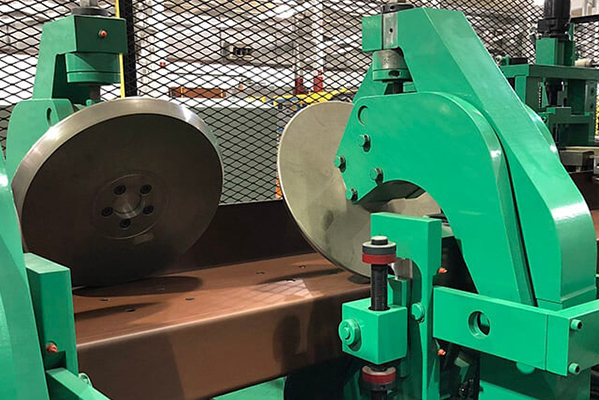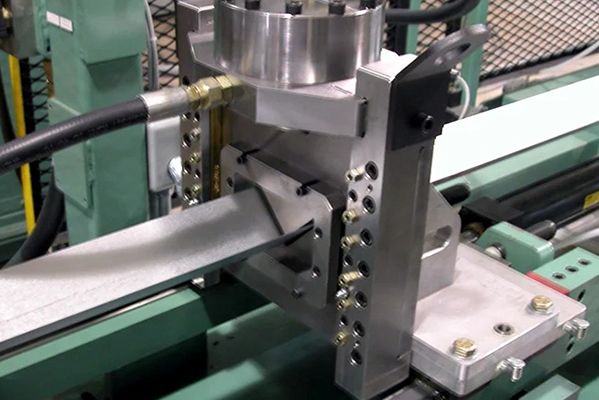Navigation Menu
Contact Us
- Email:
- info@wxavatar.com
- Address:
- Yurong Village, Yuqi Street, Huishan District, Wuxi, China.
Release Date:May 06, 2025 Visit:51 Source:Roll Forming Machine Factory
Roll forming machines have long been a key part of manufacturing, helping shape metal into everything from car parts to building materials. As industries grow and change, so does the technology behind these machines. Here’s a look at how roll forming is evolving to keep up with today’s demands.
1. Smarter Automation for Better Efficiency
One of the biggest shifts in roll forming technology is the move toward smarter automation. Modern machines now come with advanced controls that reduce the need for constant manual adjustments. Sensors and software help monitor the production process, catching errors early and minimizing waste. This not only speeds up production but also helps maintain consistent quality.

2. More Flexibility for Different Products
In the past, roll forming machines were often designed for one specific type of product. Today, manufacturers need machines that can handle a wider variety of shapes and materials. Newer models allow for quicker tooling changes, making it easier to switch between different production runs without long downtime. This flexibility is especially useful for businesses that produce custom or small-batch orders.
3. Improved Durability and Maintenance
No one wants a machine that breaks down often. Recent advancements in materials and engineering have made roll forming machines more durable. Better lubrication systems, stronger rollers, and easier access for maintenance help extend the lifespan of these machines. Some models even include self-diagnostic features that alert operators before a major issue occurs.
4. Energy Efficiency Without Compromising Power
While we won’t dive into environmental claims, it’s worth noting that modern roll forming machines are designed to do more with less. Improved motor systems and optimized processes mean they use energy more effectively, which can help reduce operating costs over time.
5. Integration with Other Manufacturing Systems
Roll forming doesn’t happen in isolation—it’s often part of a larger production line. Newer machines are built to work seamlessly with other equipment, such as punching, cutting, or welding systems. This integration helps create a smoother workflow, reducing delays and improving overall productivity.
What’s Next for Roll Forming?
As industries continue to demand faster, more precise, and cost-effective production, roll forming technology will keep evolving. Expect to see even more automation, smarter software, and machines that can adapt to new materials and designs with ease.

For manufacturers, staying updated on these trends means better efficiency, fewer headaches, and the ability to meet customer needs without unnecessary delays. Whether you’re in construction, automotive, or any other metal-forming industry, these advancements are making roll forming more reliable than ever.
Would you like to see more details on a specific aspect of roll forming technology? Let us know—we’re happy to break it down!